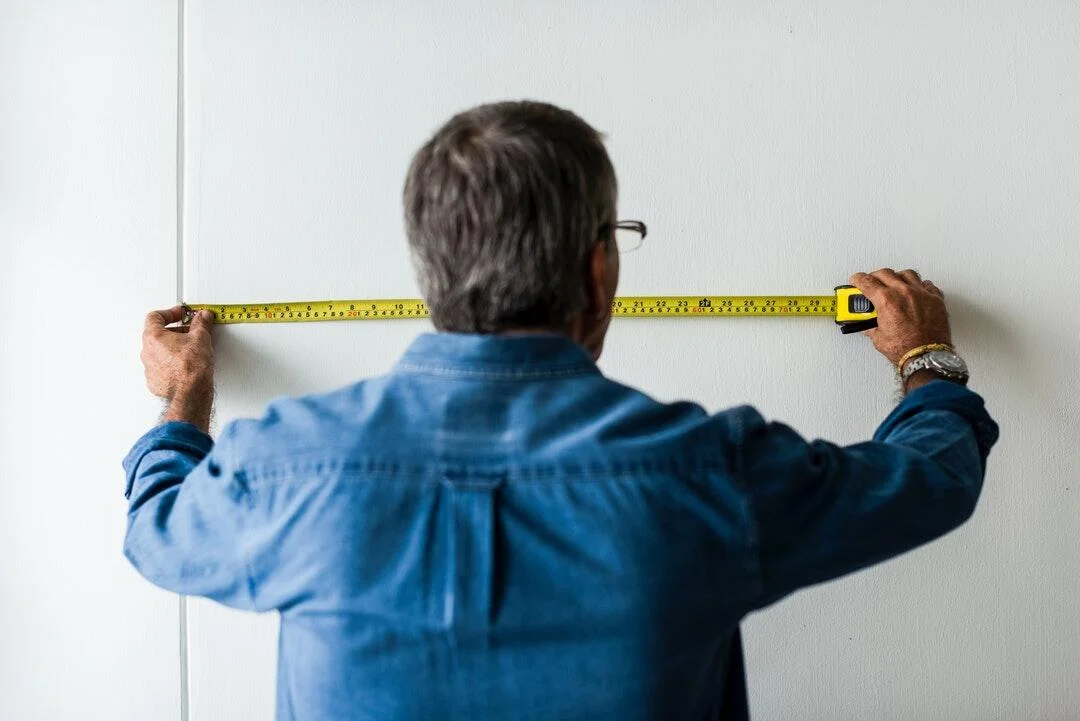Maximizing Efficiency with a Comprehensive Gemba Walk Checklist
The Gemba walk is a key method for improving how things are done at work. It involves going to the place where work is done, observing, and identifying both good practices and problems.
To make the most of a Gemba walk, using a checklist is crucial. This checklist helps make sure you pay attention to what’s working well and what’s not, ensuring you don’t miss anything important.
It’s a practical way to apply theory to real-world situations, leading to better and lasting improvements. Essentially, a good Gemba walk checklist is a must-have for boosting how work gets done. Keep on reading!
Preparing for Your Gemba Walk
Before starting a Gemba Walk, it’s important to get ready. This means deciding what you want to achieve, bringing together a team with different skills, and making sure everyone knows why they’re there and what you all hope to accomplish. By planning, you make sure that the time spent on the Gemba floor is well-used and effective and helps everyone work towards making things better step by step.
Executing the Walk
When you walk around, it’s important to just watch how things are done, ask smart questions, and listen to the people doing the work. This step isn’t about pointing fingers or blaming anyone.
It’s more about figuring out why things are done a certain way and what challenges come with them. Being respectful and wanting to learn helps build trust and teamwork, making it easier to spot and fix what’s not working well.
Key Areas to Focus On
A Gemba Walk is like a detective mission where you focus on three main things: safety, quality, and how work flows. Imagine using a checklist to explore each area carefully. This helps leaders spot differences between how things are and how they should be, find ways to make things better and discover the best methods that everyone in the company can use.
Analyzing Findings
After the walk, we’ll look at what we found. We’ll go over the data, talk about what we noticed with the team, and decide which problems are the most important based on how they affect work speed, quality, and how happy and healthy employees are. A good look at the details will show us both the urgent issues and the bigger patterns that can help us make things better in the future.
Implementing Changes
Starting to make changes after a Gemba Walk is when you start to improve things. You need a clear plan that says who is going to do what, when they’ll do it, and how you’ll know if it’s working.
Quick fixes can get things moving, but the real, lasting improvements come from taking care of the deeper issues step by step, to make everything run better overall. In our pursuit of operational excellence, a click for Gemba walk can be a key asset, offering a pathway to deeper insights, enhanced efficiency, and a culture of continuous improvement.
Unlocking Potential with Your Gemba Walk Checklist
The Gemba walk checklist is more than just a tool; it drives change in the organization. By helping leaders understand things better, this checklist helps them make smart, useful changes at work.
The checklist Gemba walk is a methodical way to find ways to improve efficiency. Every observation turns into insights that can be used to improve operations.
So, the Gemba board checklist is important for making improvements all the time. Its main strengths are operations excellence and long-term growth.














Post Comment